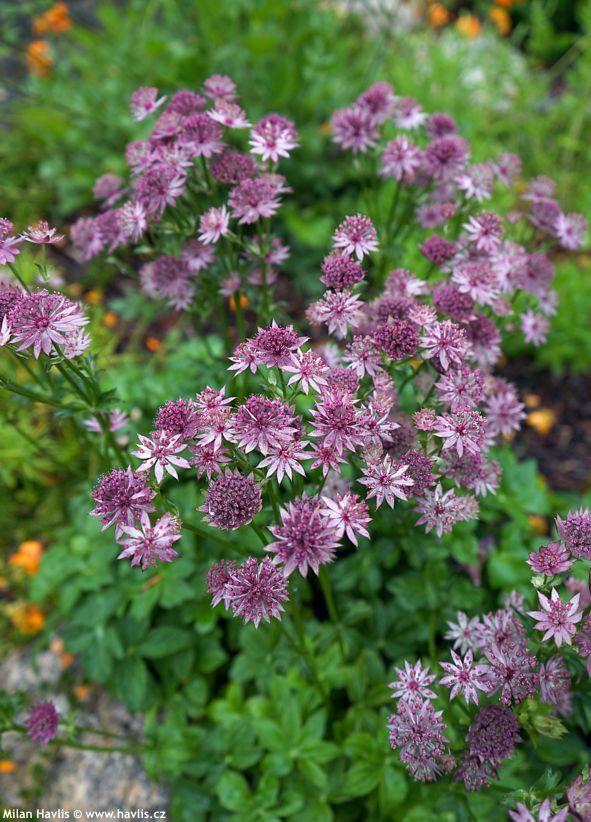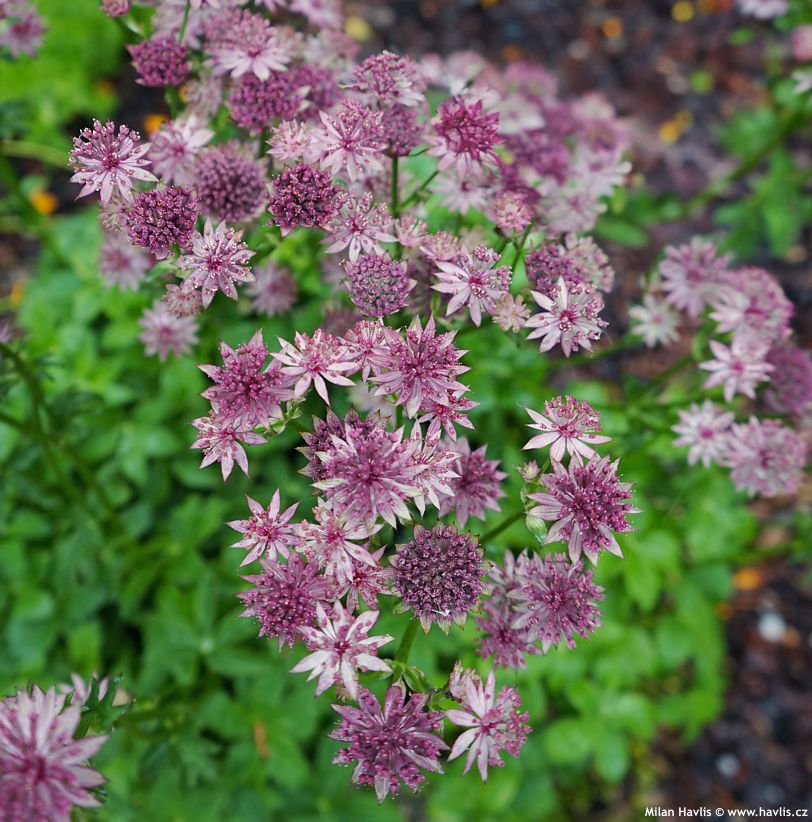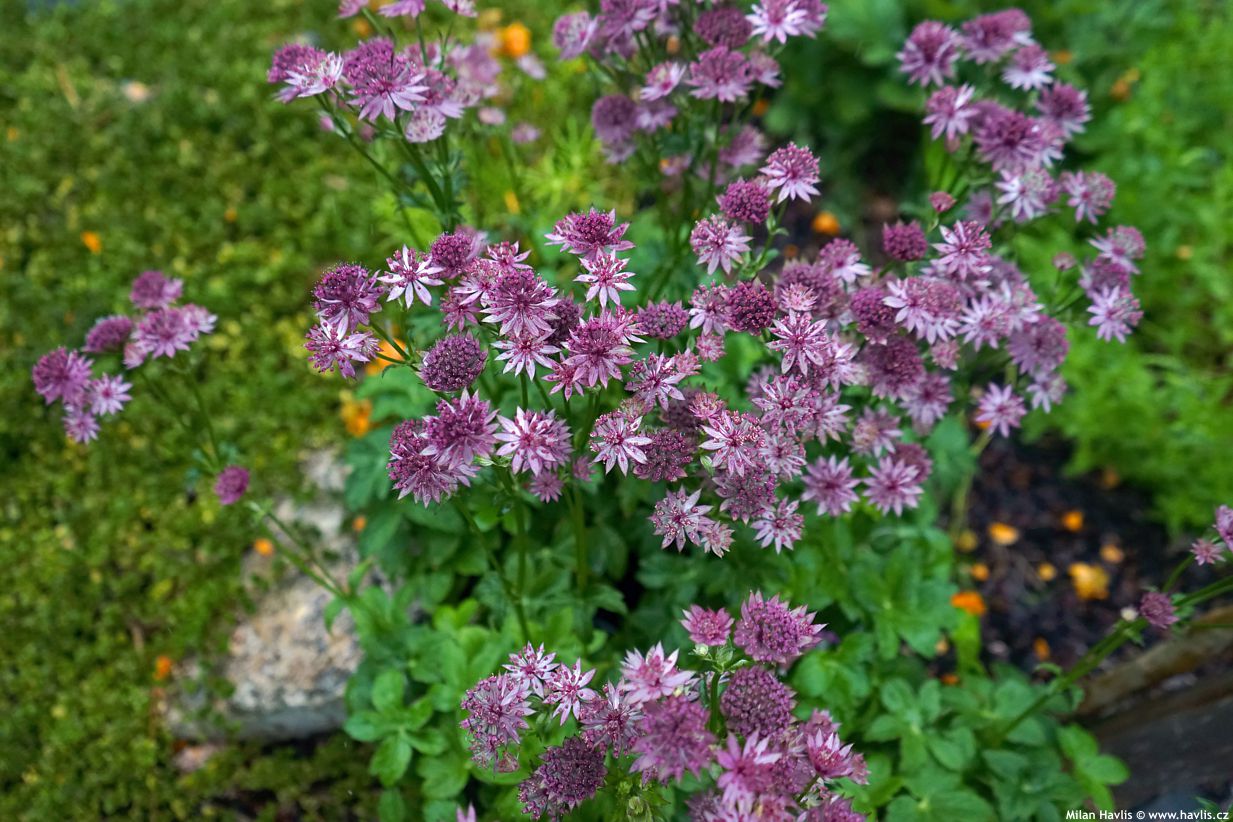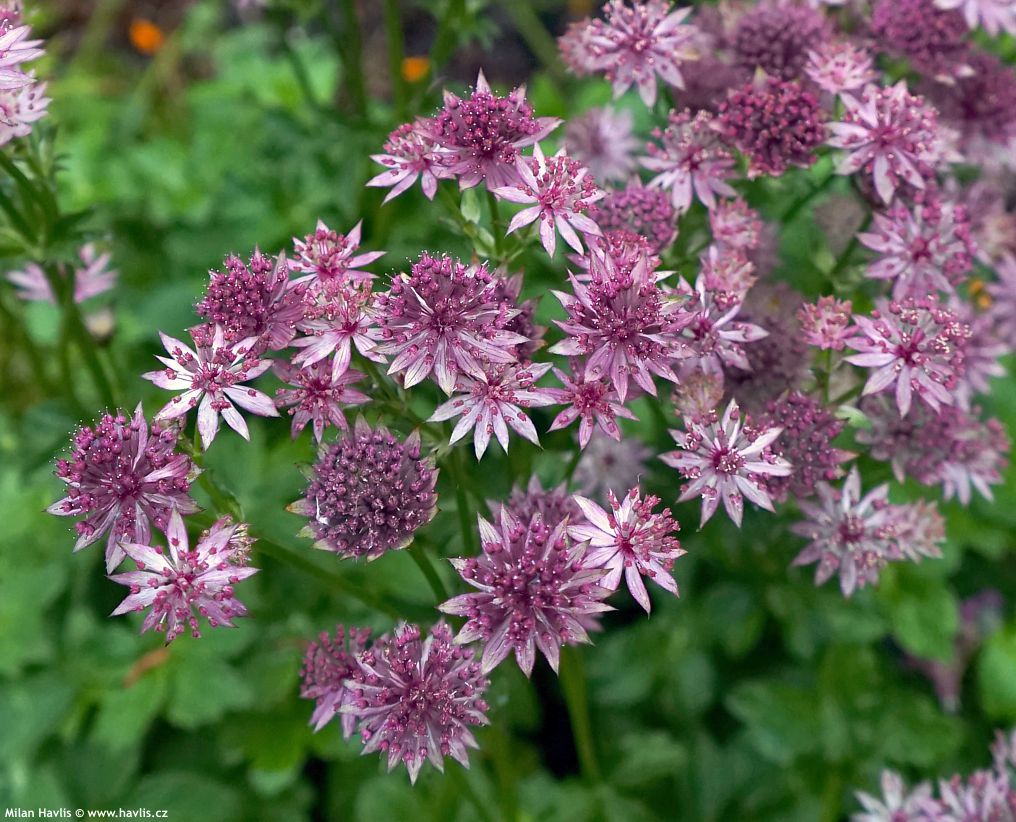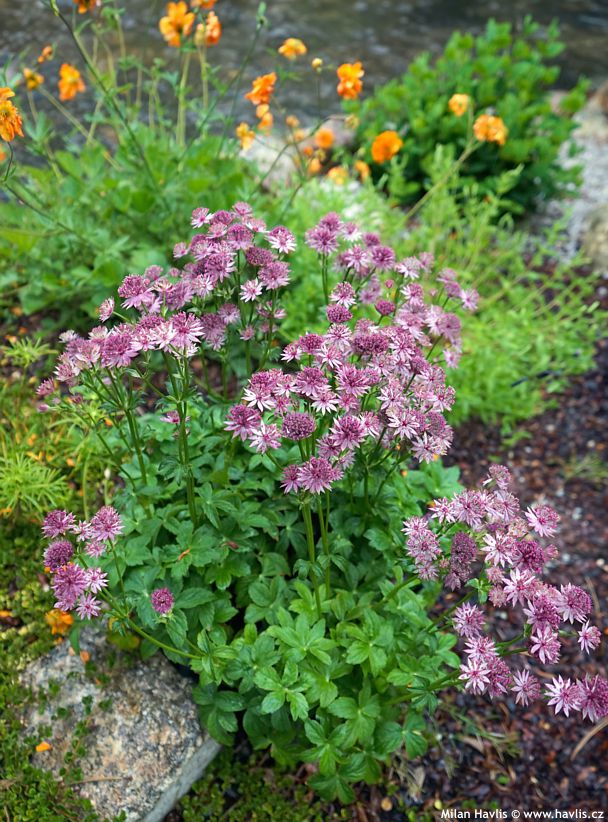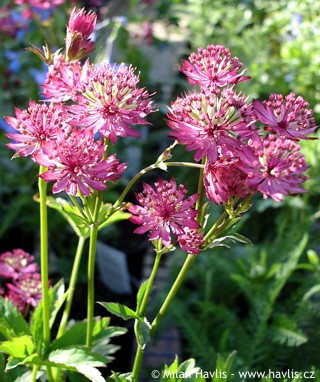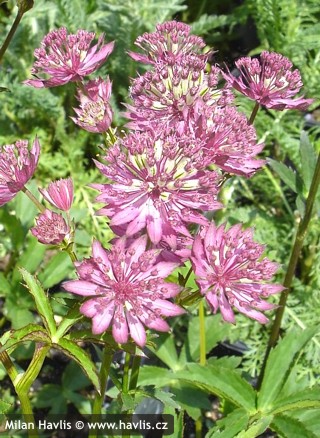Astrantia major 'PINK PRIDE' great masterwort
Astrantia
Masterwort may seem like an unassuming perennial at first glance, but upon closer inspection, its unique beauty becomes unmistakable. Its rarity is highlighted by the fact that it is the only species in its genus. Native to Europe, it thrives across the continent, from Spain to the United Kingdom, where gardeners adore it and frequently incorporate it into perennial borders. Thanks to its distinctive foliage and striking flower structure, it adds a sophisticated architectural element to plantings. In 2018, the Czech Perennial Society named it Perennial of the Year.
Pink Pride is one of the more vividly coloured masterwort varieties, celebrated for both its flower appeal and ease of cultivation. It is a medium-tall perennial with blooms in soft purple to antique pink tones, reminiscent of Scabiosa-like flower heads. Interestingly, its most striking feature is the radiating bracts, from whose center short flower stems emerge, forming a rounded, dome-like cluster of tiny true flowers. Its floral structure is charmingly referred to as a “pincushion”. Flowering begins in June and lasts 4 to 6 weeks, with sturdy stems reaching about 70 cm in height.
Another striking feature is its broad, palmate leaves, which provide visual interest even before flowering begins. These deciduous, bright green, slightly glossy leaves have less conspicuous notches near their tips. If they appear tired after the first bloom, simply cut the entire clump back, and within a few weeks, new, lush foliage will emerge, ready for a second flowering in late summer.
Masterwort is a reliable and trouble-free perennial that is generally unpalatable to pests. It likes light shade or filtered sunlight, but will do great in full sun, too, if watered occasionally – it hates drying out completely. Some varieties may self-seed readily so unless you want it to spread on its own, remove spent flowers immediately to prevent seeds from ripening. Masterwort likes nutritious, moist soils of preferably neutral to alkaline pH, but once established it tolerates short dry spells. Fully hardy to approx. -34 °C. (USDA zone 4).
Last update 02-06-2025






























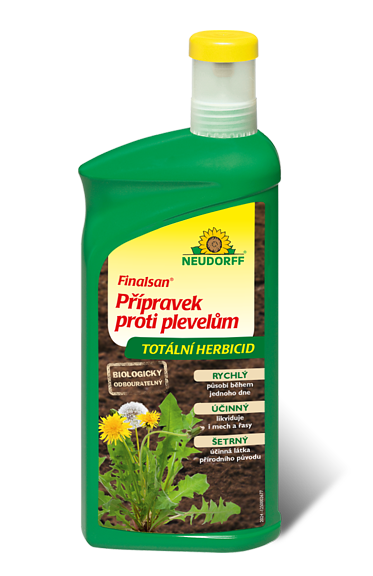


.jpg)
